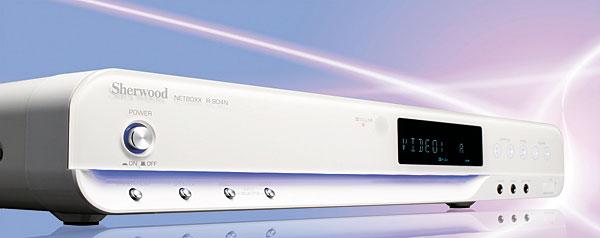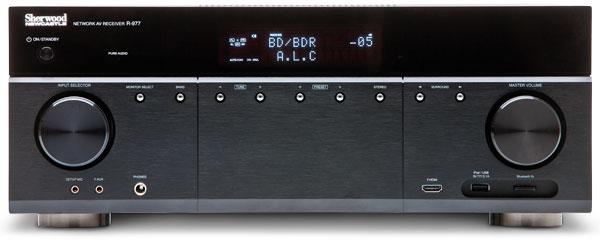AV Receiver Reviews
Sort By: Post DateTitle Publish Date
|
Oct 26, 2017
|
Oct 24, 2011
|
Feb 27, 2005
|
Aug 19, 2004 |
First Published: Aug 01, 2004
|
Apr 18, 2006 |
First Published: Apr 19, 2006
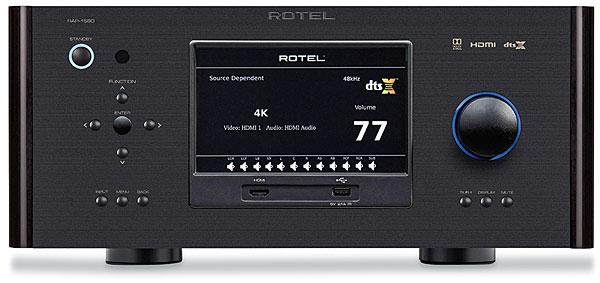

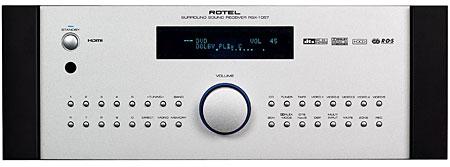

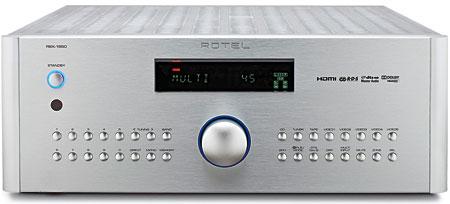
 Price: $1,999 At A Glance: Rotel enters the HDMI 1.3 age with two new receivers • Rated power at 75 watts times five • Snazzy aesthetics, minimalist user interface
Price: $1,999 At A Glance: Rotel enters the HDMI 1.3 age with two new receivers • Rated power at 75 watts times five • Snazzy aesthetics, minimalist user interface
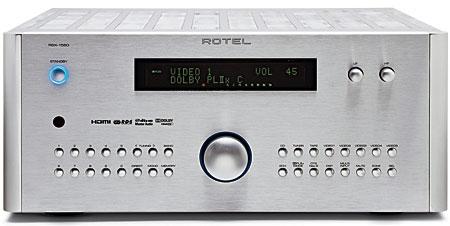
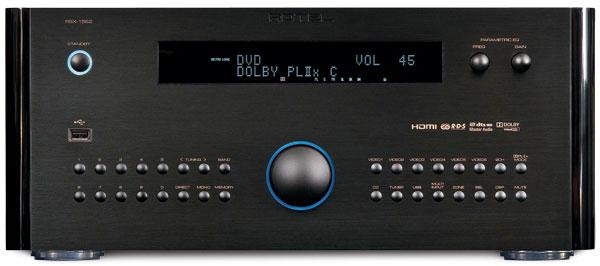
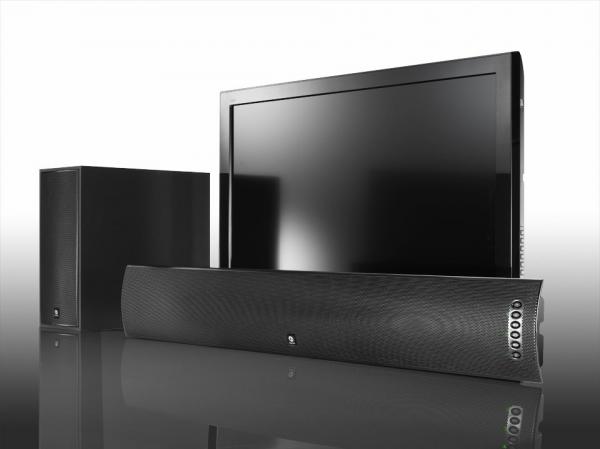
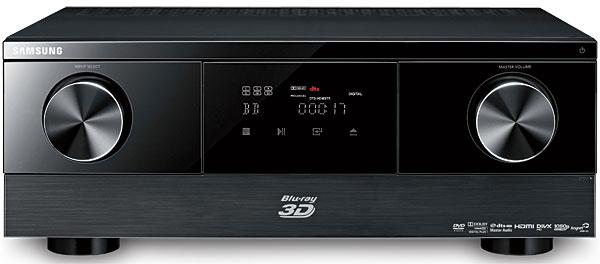

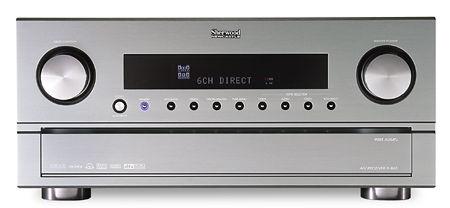



 Price: $1,800 At A Glance: First A/V receiver to include Trinnov Optimizer • HQV Reon-VX video processor • Big beefy chassis
Price: $1,800 At A Glance: First A/V receiver to include Trinnov Optimizer • HQV Reon-VX video processor • Big beefy chassis
